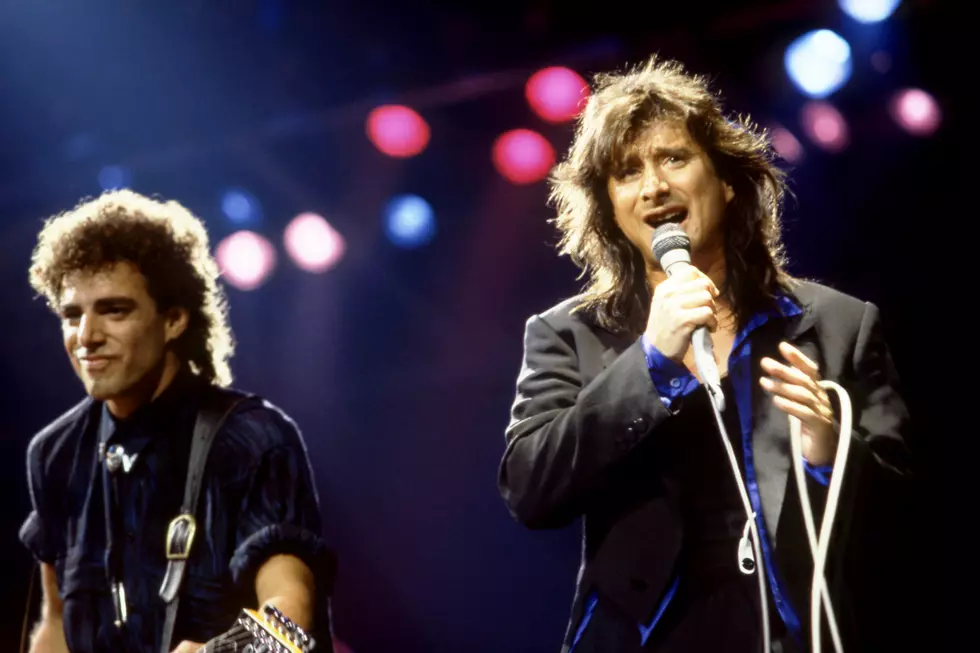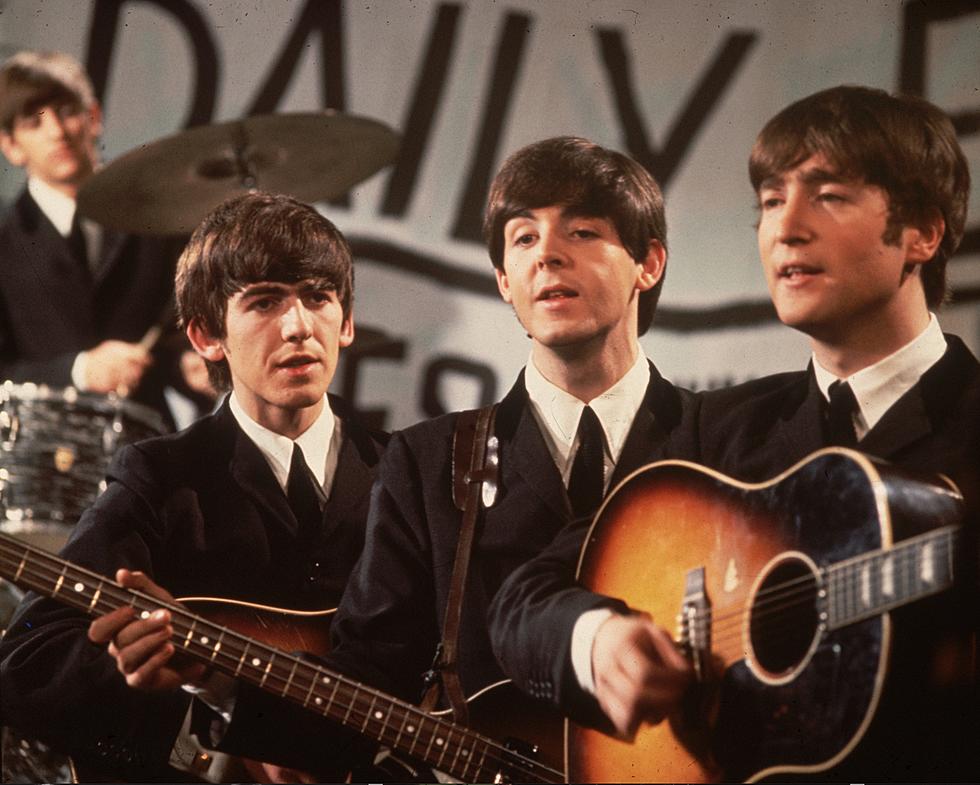
Why Journey Stopped Making Videos During MTV’s Golden Era
Journey titled their ninth LP Raised on Radio, not Raised on Video — a distinction the band members made very clear.
It was 1986, and MTV was in full swing: Rock bands were expected to promote their songs with high-budget visuals, even if they couldn't care less about the medium. But Journey, who'd released plenty of videos during the Steve Perry era, decided to break from tradition this time out — leaning on what their singer called "the mystery and mystique of the fantasy of radio."
It's not like Raised on Radio was a concept album. But the FM idea crept into the cover art (featuring a lone station, JRNY) and the title track, a sort of love letter to discovering early rock songs (like Chuck Berry's "Maybellene" and Buddy Holly's "Peggy Sue") over the airwaves.
They tried to sidestep the video component as a way to preserve that feeling of discovery — of hearing a song out of the blue and not having an image instantly tied to it.
"One of the things we wanted to do was preserve the imagination ... and not give the power to some director who we were introduced [to] for two hours and had to make life decisions about," keyboardist Jonathan Cain told Rockline.
"The main thing," Perry added, "is it destroys the ability for you to absolutely take that song and make it your own, no matter what that means to you. One song does not mean the same thing to two people, and as soon as you’ve seen a video, you have now got a burnt vision from that point on — when you hear that song on the radio, you’ll see the video in your mind."
It shouldn't have been a shock that Perry disliked the video format. His clip for 1984 solo hit "Oh Sherrie" opens with the singer on a film set, attempting to shoot a scene at a fake royal wedding; finding the idea "ridiculous," he stops the action twice, eventually telling the director, "I can't do this" and "I don't need this." Feeling stifled, he flees the set, and the remaining real video plays out as a simple love story.
Perry's feelings hadn't changed by 1986 — just like in the "Oh Sherrie" video, he felt uncomfortable handing over the music to a filmmaker and letting them color in the imagery.
"When we get together and start to write a song, it is a very, very — it’s insight from a different place," he told Rockline. "It’s vision from within, and it’s a personal thing that goes from person to person … and I think it’s slanderous to the seed of the song, to the beautiful place it came from, to let somebody take the vision and dictate it."
Journey weren't the only major rock band rebelling, if briefly and cautiously, against making videos. Since adding Sammy Hagar as their new singer, following their break with David Lee Roth, Van Halen weren't sure where to head visually: “We were all saying, ‘Well, we don’t know what kind of video we wanna make,’” Hagar said in 2012. “We don’t really know what our image is yet, we haven’t worked it out – and Van Halen had been such a video-friendly band before that.”
In his 2011 memoir Red: My Uncensored Life in Rock, Hagar explained why Van Halen didn't make a video for 5150, his first album with the group. "[Manager] Ed Leffler figured he didn’t want to compete with old Van Halen videos," he wrote. "Also, Warner Bros. refused to pay for the videos, and they could be expensive. When we put out the first single, 'When It’s Love,' from OU812 without a video, too, Warner started to freak out. They thought if we had put out a video with 5150, instead of selling 7 million, we would have sold 10 million."
Despite their preference to avoid them altogether, Journey ultimately went back to videos for their next LP, 1996's Trial by Fire. But it's worth noting the simplicity of "When You Love a Woman"'s in-studio clip: no costumes, no silly plotlines. Just a band and a song.
The Best Song From Every Journey Album
More From KOOL 101.7










